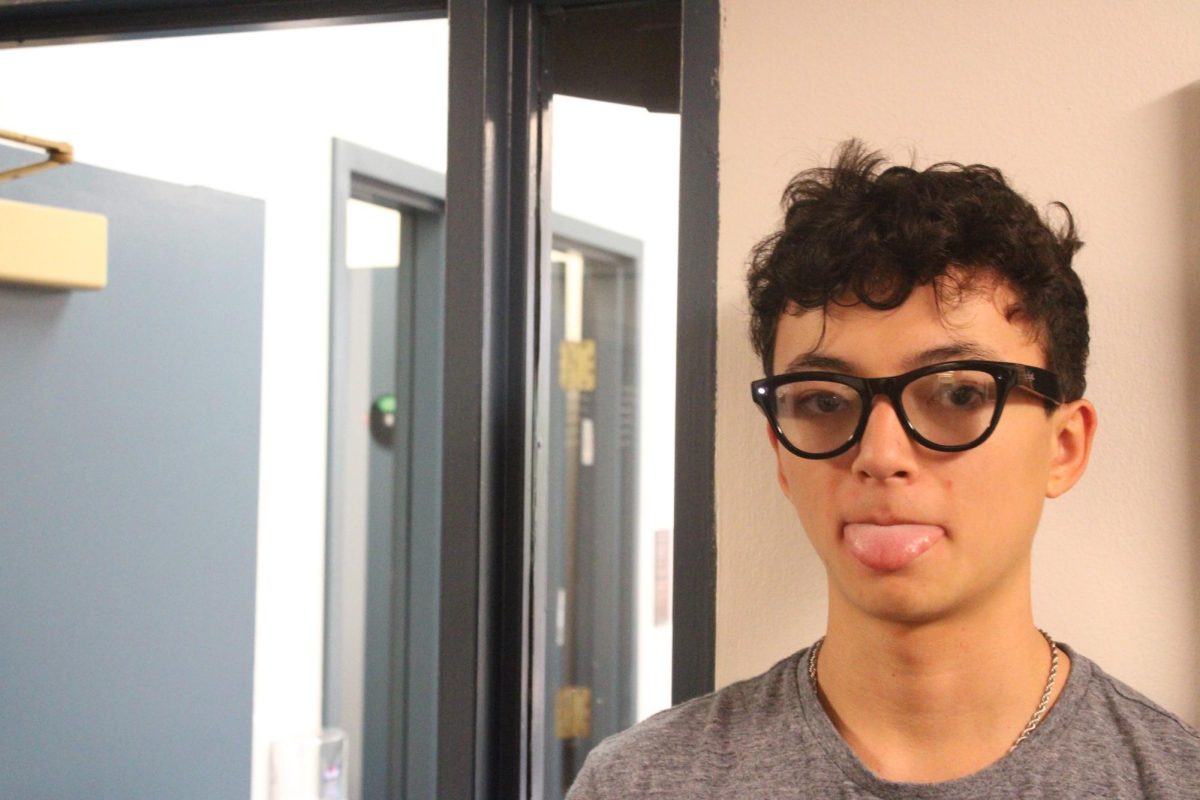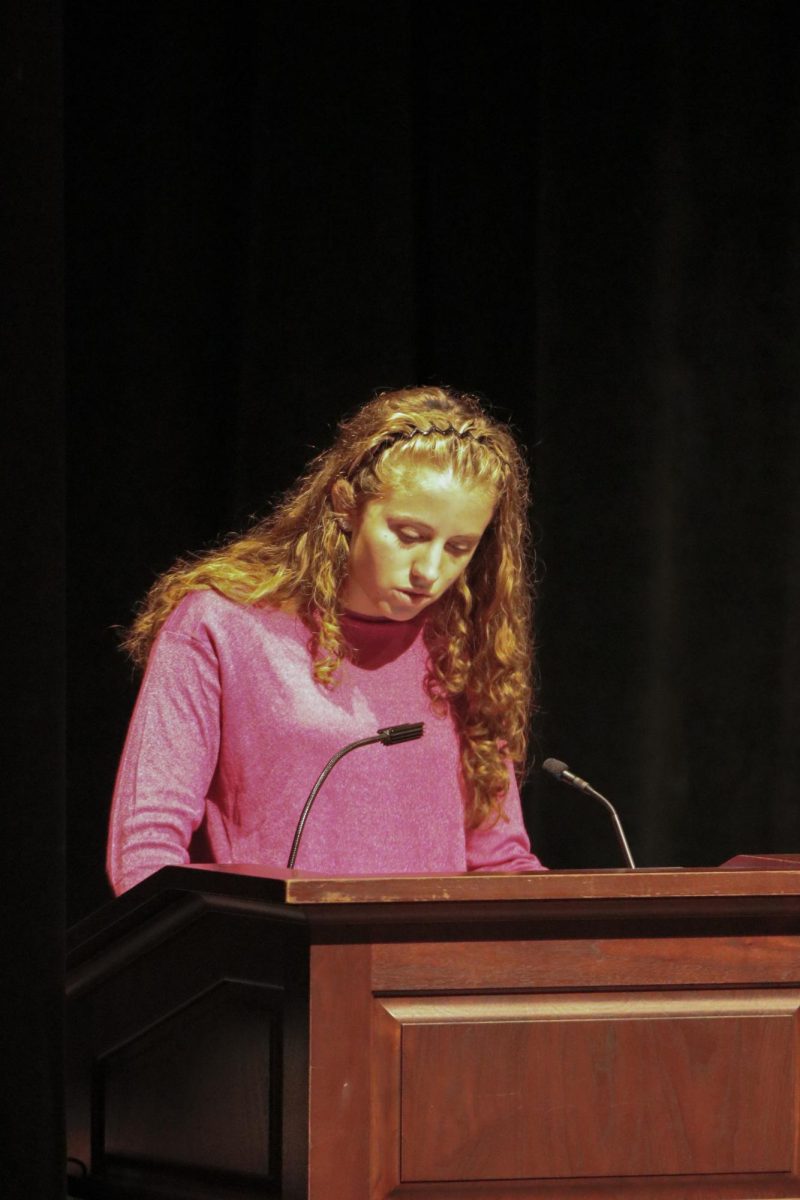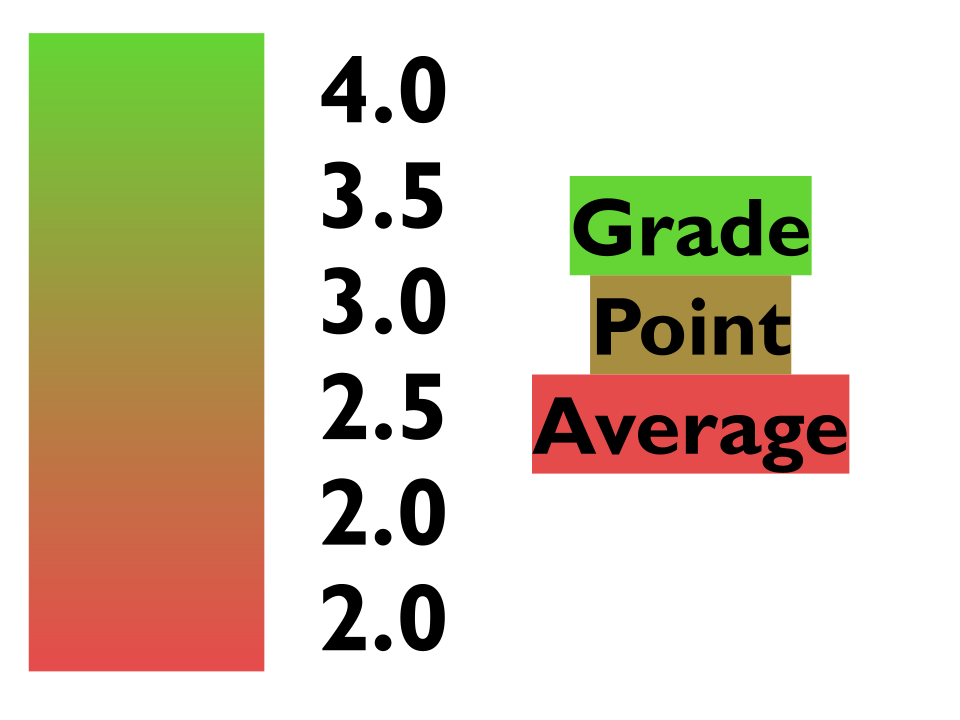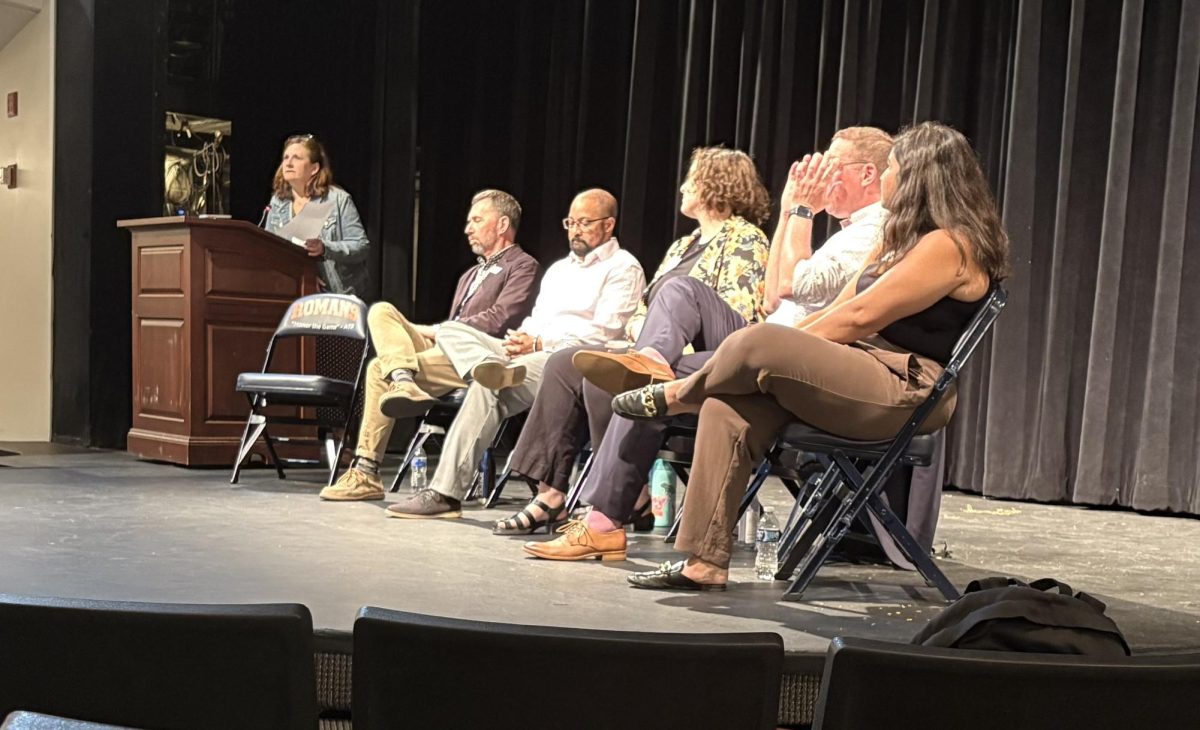The Art of Procrastination: Embracing the Creative Power of Delay
Senior Reeise Remmer gets creative while procrastinating.
Picture this: You have a big English project due tomorrow, but rather than tackling it immediately, you find yourself engaged in the riveting art of procrastination. You may go home thinking you have all night to finish this project, yet you find yourself scrolling through TikTok instead. Soon enough, dinner rolls around, but still, you have a full night to spend on the project. No need to worry. After watching two episodes of Breaking Bad on Netflix, you realize it’s nearly midnight, and that is when the panic starts to hit.
Well, it’s now 11 p.m., and I finally started writing this piece on procrastination. Many think this tendency to put projects off is a curse. They will ask, “Why don’t you just start earlier?” But the project always gets done as long as the creativity kicks in. How does this happen, though?
Enter the Instant Gratification Monkey, a concept popularized by Tim Urban in his viral TED Talk on procrastination. The Instant Gratification Monkey is the impulsive creature in our minds that seeks immediate pleasure and short-term rewards, often leading us down the path of procrastination. As it roams from one distraction to another, it clouds our ability to focus on the critical tasks at hand.
The New York Times found that over 80% of college students procrastinate regularly, requiring many all-nighters to finish papers and prepare for tests. In addition, roughly 20% of adults report being chronic procrastinators.
So why do we do it?
The answer lies in the interaction between the Rational Decision-Maker, the Panic Monster, and the Instant Gratification Monkey.
When a task lacks urgency, the Rational Decision-Maker takes a back seat, allowing the Monkey to seize control. It revels in the joy of instant rewards, whether it’s the allure of social media, the next episode on Netflix, or the quick dopamine hit from completing mundane tasks that offer that immediate gratification.
As the clock ticks toward the deadline, the Panic Monster awakens, sending the Monkey into hiding and allowing the Rational Decision-Maker to take charge. It’s during this heightened state of urgency that creativity often flourishes. The pressure to meet the deadline forces the mind to think outside the box, finding novel solutions and connections that might not have surfaced during more leisurely periods.
Rather than viewing procrastination solely as a curse, consider it an interaction in the mind that can lead to remarkable bursts of creativity. After all, it’s not just about battling procrastination; it’s about understanding and embracing the intricate workings of our cognitive processes.
There is, however, a cautionary note with procrastination. While the adrenaline-fueled creativity that emerges under pressure can be exhilarating, giving yourself no time is a bad gamble. The Instant Gratification Monkey can sometimes help, but it can become inefficient when deadlines come too close. Attempting to produce quality work in the final 30 minutes before a deadline is a risky move that often results in rushed, sloppy outcomes.
Acknowledging the potential downsides of procrastination is crucial. The delicate balance between urgency and creativity can become chaotic if the timeline is too compressed. Embracing the art of procrastination doesn’t mean dismissing the value of preparation. It’s a skill that needs the proper circumstances.
Experimenting with procrastination can unveil your unique creative rhythm. Embrace the challenge, discover your optimal workflow, and witness how the interplay of delay and urgency transforms your creative output.
So go ahead, embrace the art of procrastination, and give yourself the freedom of work until the day before it is due. After all, Rome wasn’t built in a day, but it was probably an excellent procrastination project.
Senior Reeise Remmer gets creative while procrastinating.




















































